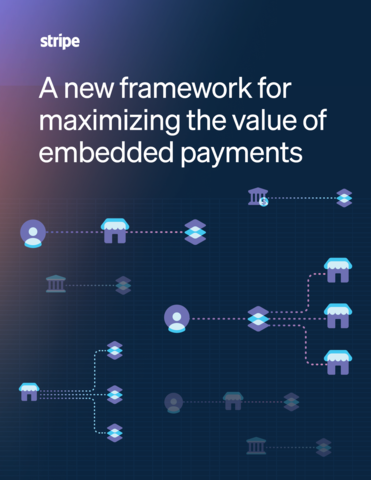Regulating Buy Now Pay Later

BNPL regulation is coming; Alex Naughton at Qlarifi explains what retailers need to know
With formal Buy Now Pay Later (BNPL) regulation now on the horizon in the UK, the question facing providers and the industry is no longer if, but how we build infrastructure that supports growth responsibly. Retailers should be paying close attention, because the future of BNPL is not just a fintech issue, but a retail one.
I’ve seen the evolution of this space up close. BNPL has grown from a simple financing feature into a powerful payment ecosystem, one that’s expanding beyond the checkout into broader payment, purchasing and marketplace models. But as BNPL has scaled, so too has the need for proportionate regulation that protects consumers without introducing unnecessary friction at the point of sale.
The government’s proposed rules are a critical and overdue step forward. But they also mark a turning point for retailers, who now sit closer to the credit ecosystem than many realise.
BNPL is no longer an optional extra. It’s part of the checkout journey for a growing portion of consumers, particularly younger, digitally native buyers who use it to smooth irregular income and budget across pay cycles.
In the UK, there are more than 400,000 BNPL transactions every day, most under £150. Our data at Qlarifi shows that 8 - 10% of BNPL users make more than one transaction in a single day. These micro patterns of behaviour can quickly lead to affordability risk, not because of one big loan, but because of stacked small ones, across multiple providers.
It’s also a multi-market challenge. Many retailers operate across jurisdictions, offering BNPL in regions where regulatory requirements differ widely, from full credit licensing in some markets to lighter touch disclosure obligations in others. What’s needed is infrastructure that flexes across borders, enabling compliance with local laws while maintaining a consistent, high quality consumer experience. Fragmented compliance models won’t scale, and retailers shouldn’t have to choose between growth and governance.
That’s where proportionality becomes essential. We don’t need to treat a £90 split payment like a mortgage. But we do need real time visibility into whether that consumer has already made five other purchases that day.
The answer lies not in slowing down the checkout, but in upgrading the infrastructure behind it. This means:
- Better transparency to avoid stacking and missed risk flags
- Real time data behind decisions so that retailers can feel confident
- Retailers gaining confidence that their chosen BNPL partner is making fair and informed decisions
- Consumers benefiting from smarter safeguards, not more friction
For retailers, this shift has commercial implications. BNPL is now a driver of customer acquisition and loyalty. So as the UK’s new regulatory regime takes shape, it’s important to be asking:
- Does my BNPL provider have the infrastructure to comply without compromising conversion?
- Are affordability checks happening in real time and based on current solvency, not just static credit files?
- How can I ensure that the BNPL provider we work with offers a service that’s fair, transparent, and compliant with global laws?
BNPL will remain a powerful piece of infrastructure for retailers, but only if we evolve the systems underneath it. The next phase isn’t about restricting access. It’s about enabling transparency: for consumers, providers, and the retailers who rely on both. Implemented well, credit infrastructure should deliver real-time results, not slower retail.
Alex Naughton is CEO and Co-founder at Qlarifi, the first real-time BNPL consumer credit database designed to enhance risk and fraud lending decisions with accurate, detailed and real-time data
Main image courtesy of iStockPhoto.com and tumsasedgars

Business Reporter Team
Most Viewed
Winston House, 3rd Floor, Units 306-309, 2-4 Dollis Park, London, N3 1HF
23-29 Hendon Lane, London, N3 1RT
020 8349 4363
© 2025, Lyonsdown Limited. Business Reporter® is a registered trademark of Lyonsdown Ltd. VAT registration number: 830519543





